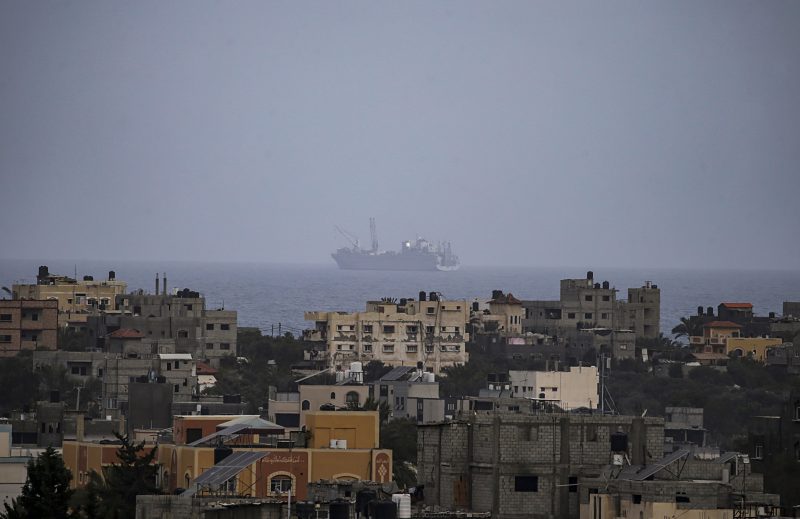The recent attempt to anchor a pier off the coast of Gaza has brought about conflicting reports from the Pentagon and the United Nations regarding the distribution of aid in the region. While the Pentagon asserts that the pier’s anchoring will facilitate the delivery of much-needed humanitarian assistance, the U.N. has expressed skepticism about the effectiveness of this approach.
From the Pentagon’s perspective, the establishment of a pier in Gaza represents a significant step towards enhancing the delivery of aid to the region. By providing a direct access point for ships carrying humanitarian supplies, the pier is expected to streamline the distribution process and ensure that aid reaches those in need more efficiently. This move aligns with the U.S. government’s commitment to supporting vulnerable populations and promoting stability in conflict-affected areas.
However, the U.N. has raised concerns about the distribution of aid in Gaza, casting doubt on whether the pier alone will address the underlying challenges that hinder effective humanitarian assistance. The U.N. has highlighted the importance of comprehensive planning and coordination to ensure that aid reaches the most vulnerable groups and is distributed equitably. This includes addressing logistical barriers, such as border restrictions and security challenges, that may impede the delivery of aid.
Despite the differing perspectives on the impact of the pier in Gaza, both the Pentagon and the U.N. share a common goal of alleviating the humanitarian crisis in the region. Moving forward, it will be essential for stakeholders to collaborate closely and develop a coordinated approach to aid distribution in Gaza. This includes leveraging the pier infrastructure to its full potential while also addressing systemic challenges and ensuring that aid reaches those who need it the most.
In conclusion, the anchoring of a pier off the coast of Gaza has sparked a debate about the effectiveness of aid distribution in the region. While the Pentagon sees the pier as a critical tool for improving the delivery of humanitarian assistance, the U.N. urges a more comprehensive approach to addressing the underlying challenges. By working together and prioritizing the needs of vulnerable populations, stakeholders can forge a path towards a more effective and equitable distribution of aid in Gaza.

